Home » Posts tagged '#edtechchat' (Page 2)
Tag Archives: #edtechchat
The World’s Largest Lesson

A large part about being a teacher is figuring out what to do with content and how to get the students to learn it. Creating lessons is the way to do that, as these are what drive the class each and everyday. The World’s Largest Lesson provides free resources and lesson plans for teaching the UN Sustainable Development Goals. The website also includes ideas for student action plan proposals. They are big on creative learning tools and action based instruction that ensures all students can learn in the classroom.
Partnered with UNICEF and UNESCO, they advocate for Education for Sustainable Development and encourage the widespread use of the Goals through formal education systems. They also work with a wide span of different agencies throughout the world, ranging from the United Nations to local youth groups. According to their website, since 2015 they have brought the Global Goals to children all over the world. In 2019 they reached 17.9 million children located in over 160 countries. With such a wide reach, they provide over 30 languages to choose from when using their resources.
I think this tool is invaluable to the classroom, on the small scale and even the larger global one. Their mission and goals are admirable, and their determination and drive is shown through their work. I will for sure be using this in my classroom, as I believe that education should be for everyone everywhere. If you want to learn more about the World’s Largest Library, check out their website. If you want to learn more about their campaigns, check this link. For resources click here, for their impact here, and lastly to see about their partnerships, click here.
Thanks for reading, I hope you enjoyed. See you next week!
What is the World’s Largest Lesson?
The World’s Largest Lesson is an outstanding website that works toward improving the education of all children. Their goal is to offer free educational resources for children all over the world. They include their resources in 30 languages!

Partners of The World’s Largest Lesson
The World’s Largest Lesson has an extensive list of partners. To my surprise I know about so many of these companies, and I am sure you do to! Their leading partners are UNICEF, Avanti, SalesForce, and Hasboro. These companies all work together to try and spread their goals to as many children they can reach. The World’s Largest Lesson makes it very accessible for any organization to become a partner.
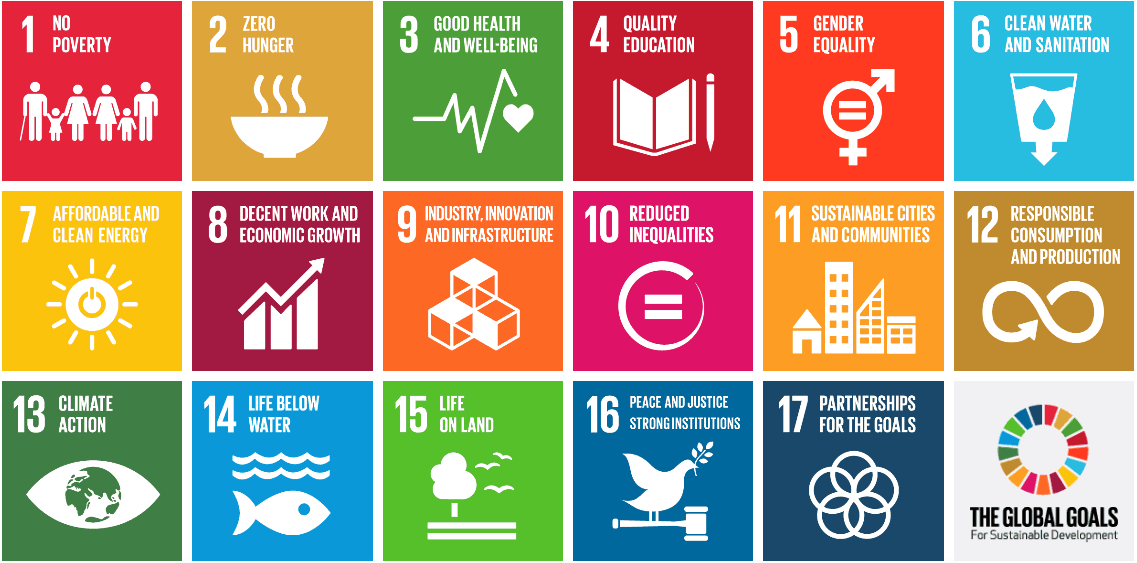
How Can You Use The World’s Largest Lesson in Your Class?
The World’s Largest Lesson has a bunch of different resources to choose from! Here is each category:
- Videos
- Training and Guides
- Quizzes and games
- Projects
- Parents
- Lesson plans
- Introducing global goals
- Future sport
- Distance learning
- Clubs and camps
- Certificates and display materials
- Books and comics
This list of resources can help you provide fun, interactive learning experiences in your classroom!
Impacts of The Worlds Largest Lesson
The World’s Largest Lesson has made their mark all over the world. From providing SDG’s to 1.2 million Nigerians to being celebrated in Denmark by their Royal Highness, Princess Mary, The World’s Largest Lesson has provided so many opportunities all over the world. You can visit their website to see the huge impact they continue to make all over the world.
Thank you for reading!
Jillian DeMore
Twitter: @DeMoreJillian
Virtual Field Trips with Discovery Education
Discovery Education is a tool that allows students to travel without ever leaving their desks. This program is great to implement in a History or Social Studies classroom. Traveling is vital in education, however, not everyone has the resources to travel frequently, if at all. Many schools do not have the funding for field trips, but with Discovery Education, all students can have equal access to the benefits of travel.
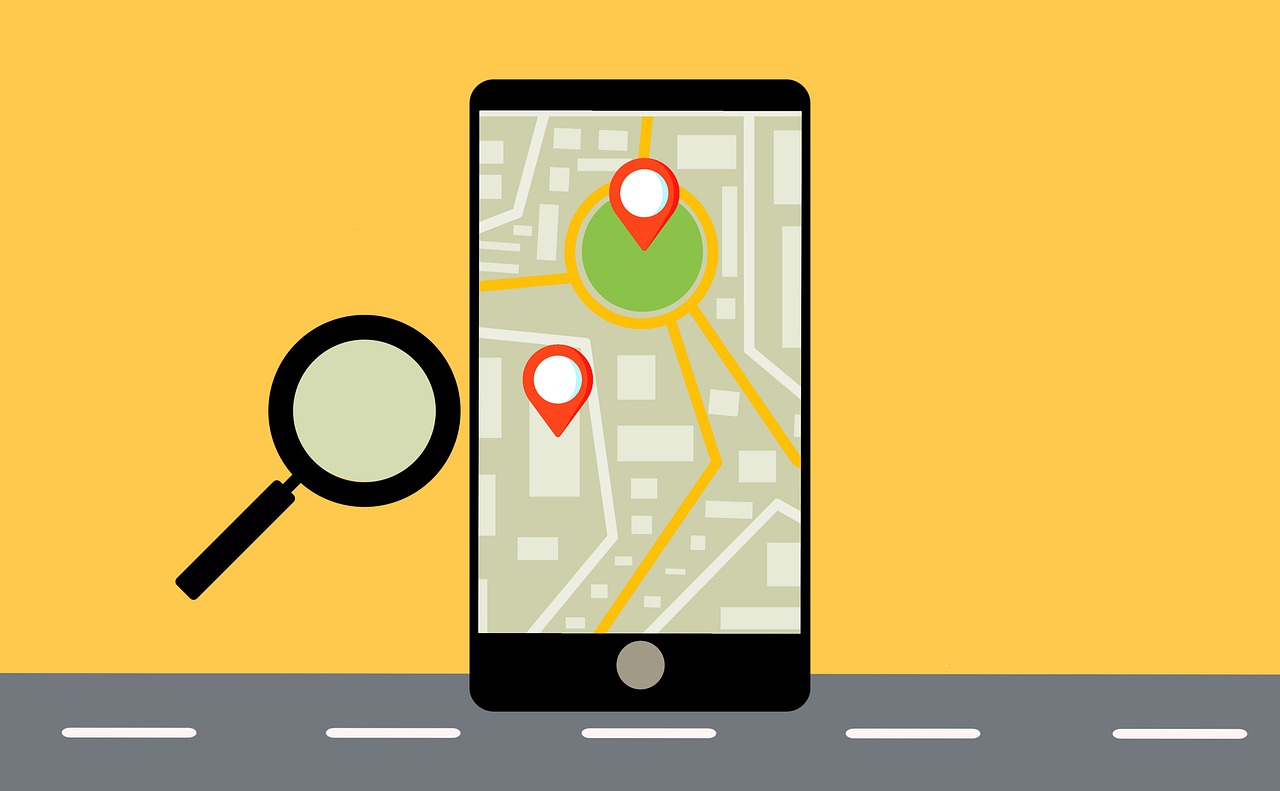
Discovery Education has both live and on-demand virtual field trips. The on-demand feature allows teachers to use the same source for every class. The program includes multiple on-demand field trips involving important sites for teaching Social Studies or History to high schoolers. These trips include The City of U.S., 9/11: Day of Service, Magna Carta: The Story of Our Human Rights, and many more.
These virtual field trips with Discovery Education can be implemented into a history or social studies classroom to give students a visual source of learning. These field trips can be used to teach students about the White House, historical events, important documents that shape our world, and more.
Thanks for reading! Be sure to follow me on Twitter.
Samantha Pollina
Collaborate with Popplet
Collaboration plays a vital role in education. It involves the assistance and effort of all members, coordination of thoughts and ideas between all members, and compiling these thoughts and ideas into one final project.

Popplet is a program that allows students to create a mindmap together. This can be used for taking notes, assignments, and more. This allows students to communicate with each other, ask questions, and explain things to each other that they may be struggling with.
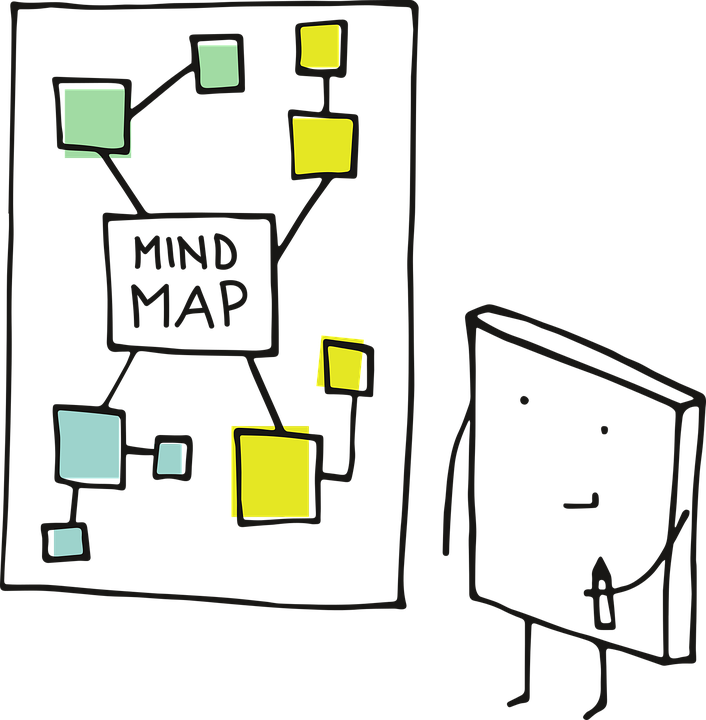
Mindmaps can be used to organize thought processes, chain reactions, brainstorming for a project, and other assignments. Popplet provides students with an organizational tool that they are able to collaborate and build upon together. This tool even allows students to draw, add pictures, and add youtube videos to their popplet.
Below is a video that gives a brief overview of the program.
Common Sense Education wrote a review for the app that explains how to integrate the app into your classroom. It also goes on to explain things that could be added to make the app better and more accessible for teachers and students. They even draw lines between the pros and cons of the program.
Thanks for reading! If you enjoyed this post be sure to follow my Twitter.
Samantha Pollina
Combining Collaboration with Tech
By: Dara Sborea
In Latin, to collaborate means to labor together. Check out the Merriam-Webster definition of collaborate. The Spanish word for collaborate is colaborar, the French use collaborer, the Italians collaborare, and the Basques say kolaborata. In every language, and in every part of the world, we collaborate every day.

In education, we are especially aware of how important collaboration is. In the past, our collaboration was done with other teachers, with in-service programs at our schools, and with fellow teachers we met in person. Today, we have the opportunity for collaborating in a much broader way through the use of technology. We can reach all parts of the world via FlipGrids, Skype, and Twitter, as well as many other sites.
How do we put this vast access to knowledge to good use without becoming overwhelmed? We have many options, and one of them is through Microsoft Teams. A program called Reading Progress is already built into Microsoft Teams for free. That program has about 100 passages that cover K-12, with a focus on K-6 passages. Microsoft Teams recently collaborated with a non-profit called ReadWorks in order to provide 4600 passages to be available on the Reading Progress program. In fact, this new addition to the already existing Reading Progress program was rolled out globally just this month.

This program is used by over seventeen million students, over one million educators, and in more than ninety-four thousand schools. The reading passages have been written and approved by educators worldwide who collaborated to put this massive electronic reading passage library together.
The program also includes ways for the students to collaborate. With digital classes, students can be grouped according to ability and can annotate passages and share answers and comments when they are asked questions on assignments that the teacher decides can be shared amongst a group.
There is a great summary article that gives us the rundown of what to expect from this updated program within Microsoft Teams and provides links to the program as well. Check it out!
Please follow me on Twitter to see what else is new in tech and education! https://twitter.com/Daradoodle124
3D Printing, it’s For All Ages
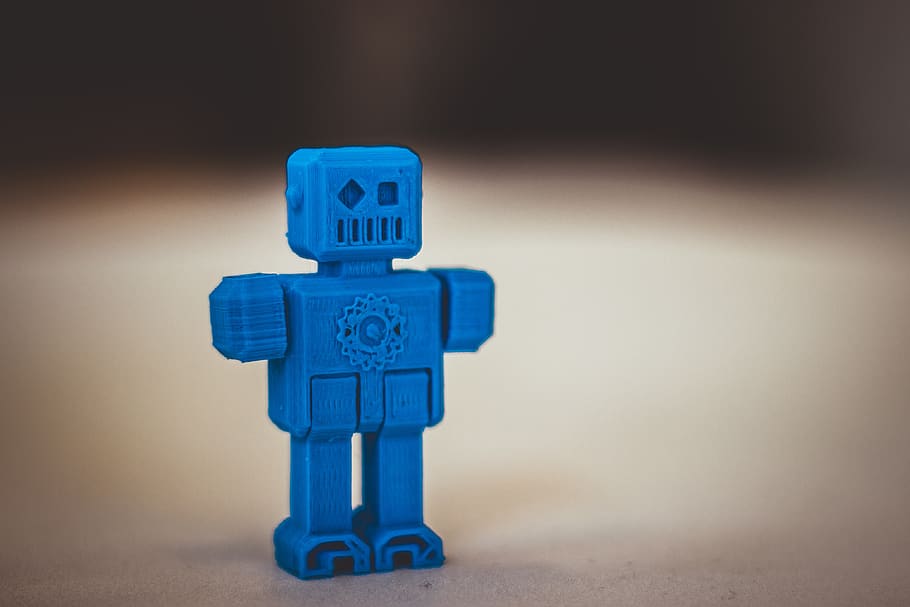
This article explores how Grand Avenue Primary and Nursery School was able to bring 3D printing to its young students. This school was able to trial, for free, a Ultimaker 2+ 3D printer for 4 weeks. The access to this piece of equipment meant that the teachers were able to show their students how the 3D modeling translates to the real world. By allowing the students to print out their models the teachers were able to show them how to improve and refine their work.
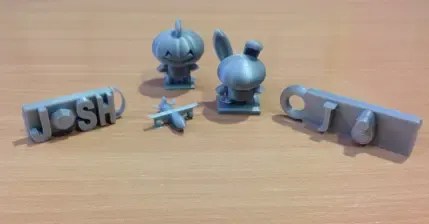
The Pros of 3D printing:
- Fun for the students
- Demonstrates how you can find problems in a small scale prototype
- Allows for creative expression
- Keeps students engaged
- Hands-on learning
While 3D printing is amazing tool to teach with, it is unfortunately not accessible for all students yet. The printer and the software are still too expensive for most schools to afford. But, just like computer, the price of this amazing piece of technology will one-day justify the purchase and creation of 3D printing labs and classes in our schools for nearly all grades.
If you like this, be sure to add me on twitter @RigginsCurtis
How a Video Game is helping kids become better learners.
Here we are, half way through 2021 and COVID-19 continues to cause conflicts in child education. Teachers continue to struggle to find a bridge between keeping their students social and safe. However, it seems Microsoft might be offering a solution with their new title Minecraft: Education Edition.
Minecraft: Education Edition
With Minecraft: Education Edition, students are able to play and learn together while still following CDC guidelines.
- Classroom Multiplayer keeps students connected with each other, allowing them to collaborate on projects in their own worlds.
- Students can build, plan and strategize together
- The Camera feature allows students to record their work as well as export their in-game creations.
Minecraft for Educators
Minecraft: Education Edition allows teachers an opportunity to see how their students learn differently.
- The game offers lessons in every subject. From STEM to language arts to history.
- Provides customizable toolkits that can help solve real-world challenges
- Allows educators to develop their own connections with their students through a digital environment
- “I was truly learning with and from my students”
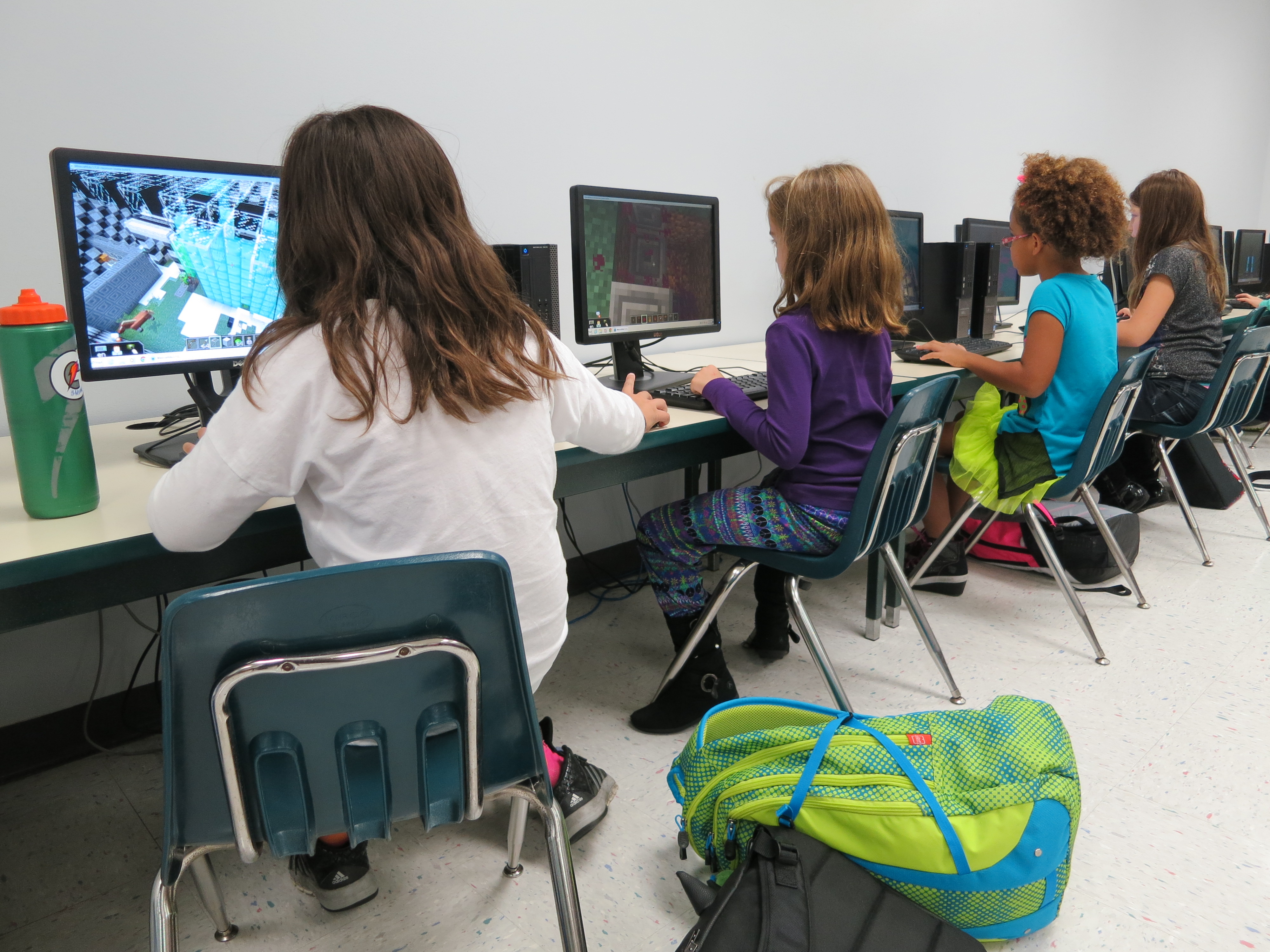
With COVID-19 continuing to be a problem in 2021, Microsoft seems committed to providing solutions for educators. Minecraft: Education Edition is one tool that is proving an opportunity for teachers and students to find new ways of learning and communicating while remaining safe. Thanks to Microsoft, he future of digital education seems bright!
Thanks for reading!
You can follow my twitter here: @BenPaine2108
EMPATICO A PLATFORM FOR GLOBAL EDUCATION
Empatico is a free platform that was created to connect students virtually in a classroom with other students around the globe. The platform is used by teachers for students within the 6-11 age group. It is one of the few virtual exchange programs that matches teachers to other teachers based on similar interests. This platform provides research based activities to get students to engage with other students virtually according to the schedule the teacher sets.
Empatico is a free tool for educators.
What you can do with EMPATICO
Choose to partner with a class-
Get matched with other teachers based on similar:
activities
schedules
student ages
Chat with a partner teacher-
Includes:
instant messaging
built-in video.
Notified when email or text is received.
Share photos or videos of the class–
Upload pictures/ videos to shared folders to introduce students to partner class and share updates throughout the year.
Class schedule exchange meeting times–
Time zones converted for you. Lets you see dates/times the partner teacher can connect.
Students participate in research-based activities–
Universal topics of the world.
Teacher resources
Includes mini-lessons, tips and tricks to prepare students for the partner classroom exchange.
Video chat/ live
Built in live video chat, no download or apps required to access platform.
Teachers describing the Empatico experience, click here.
Thanks for the view! Follow me on Twitter for the latest updates @smirnah1
Can Kahoot! Improve Your Classroom?
I used Kahoot throughout my entire high school career. This website encourages students to study for their tests and quizzes. While there are many pros of Kahoot, there are also some cons to beware of while using the website in a classroom.

What is Kahoot?
Kahoot is a website that is commonly used in schools as a way to study for tests in class. This website appeals to students, and can often be used as a reward, because it allows them to challenge their friends to see who takes the gold. To use Kahoot, the teacher creates a series of multiple choice questions that appear on the board. The students are provided with a pin that allows them to join the game. Then, the. students computers will give them four colors and shapes that correspond with the options on the board. The students who answer the questions correctly and quickly will see their names on the leaderboard that appears on the board.
This video gives a visual of how Kahoot is used by teachers and students.
Pros of Kahoot
- Kahoot can be used as a reward.
- Kids are participating in friendly competition.
- Kahoot encourages kids to try their best because their names will appear on the leaderboard.
- The children are studying in an exciting way.
- Children are engaged in the content they are studying.
Cons of Kahoot
- Since kids can choose their own nickname that appears on the board, there is always a class clown who uses an inappropriate name.
- When children lose, it may hurt their confidence in class.
- This game could potentially be very difficult for students with disabilities because the of the timer on each question.
Finals Thoughts
Overall, I highly recommend for Kahoot to be used in the classroom. Kahoot allows for children to use technology to prepare for their tests in a not so traditional way. Finally, children who use Kahoot will be more encouraged and confident when they reach exam day!
Thank you for reading!
Jillian DeMore
Twitter: @DeMoreJillian
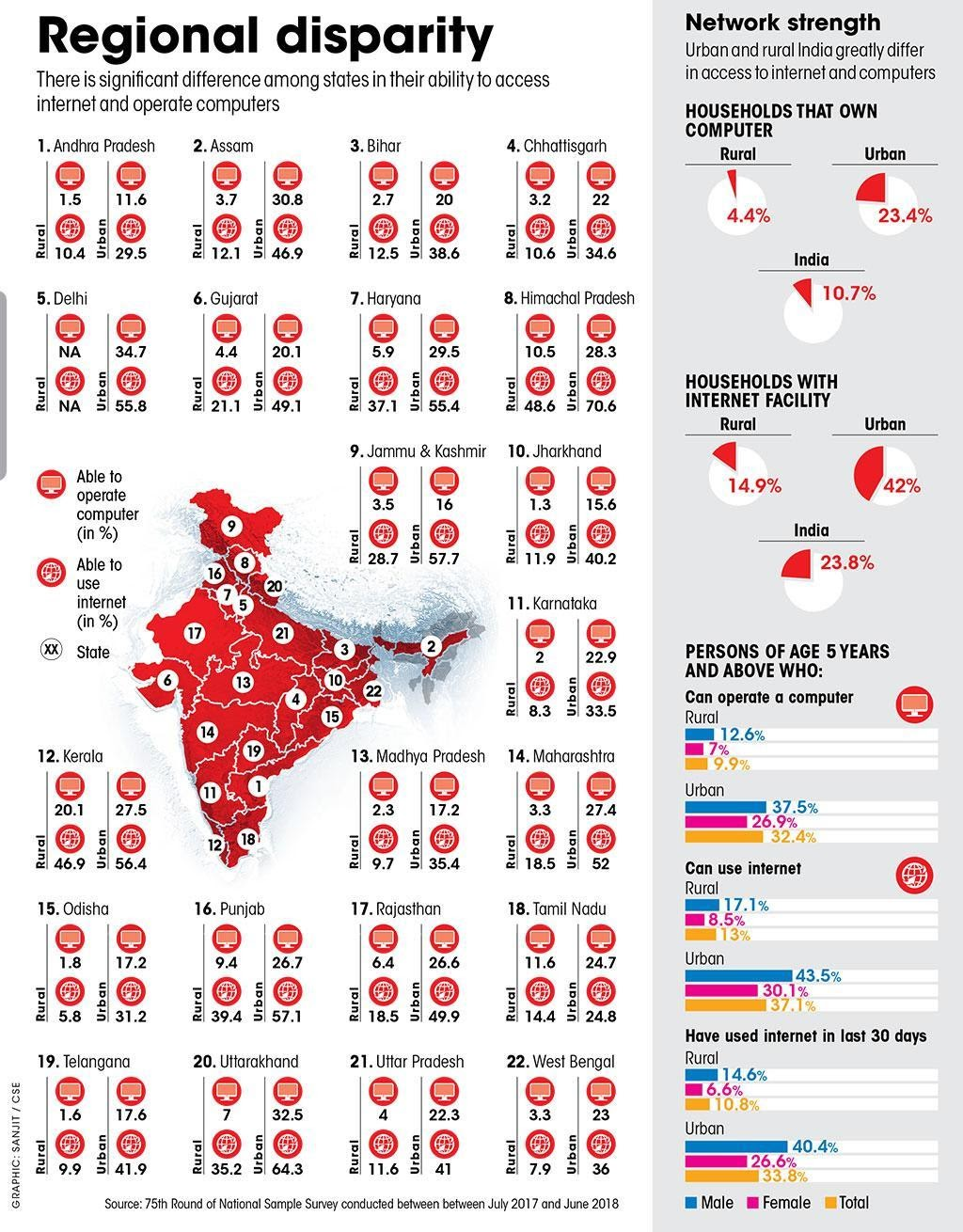
Recent Comments